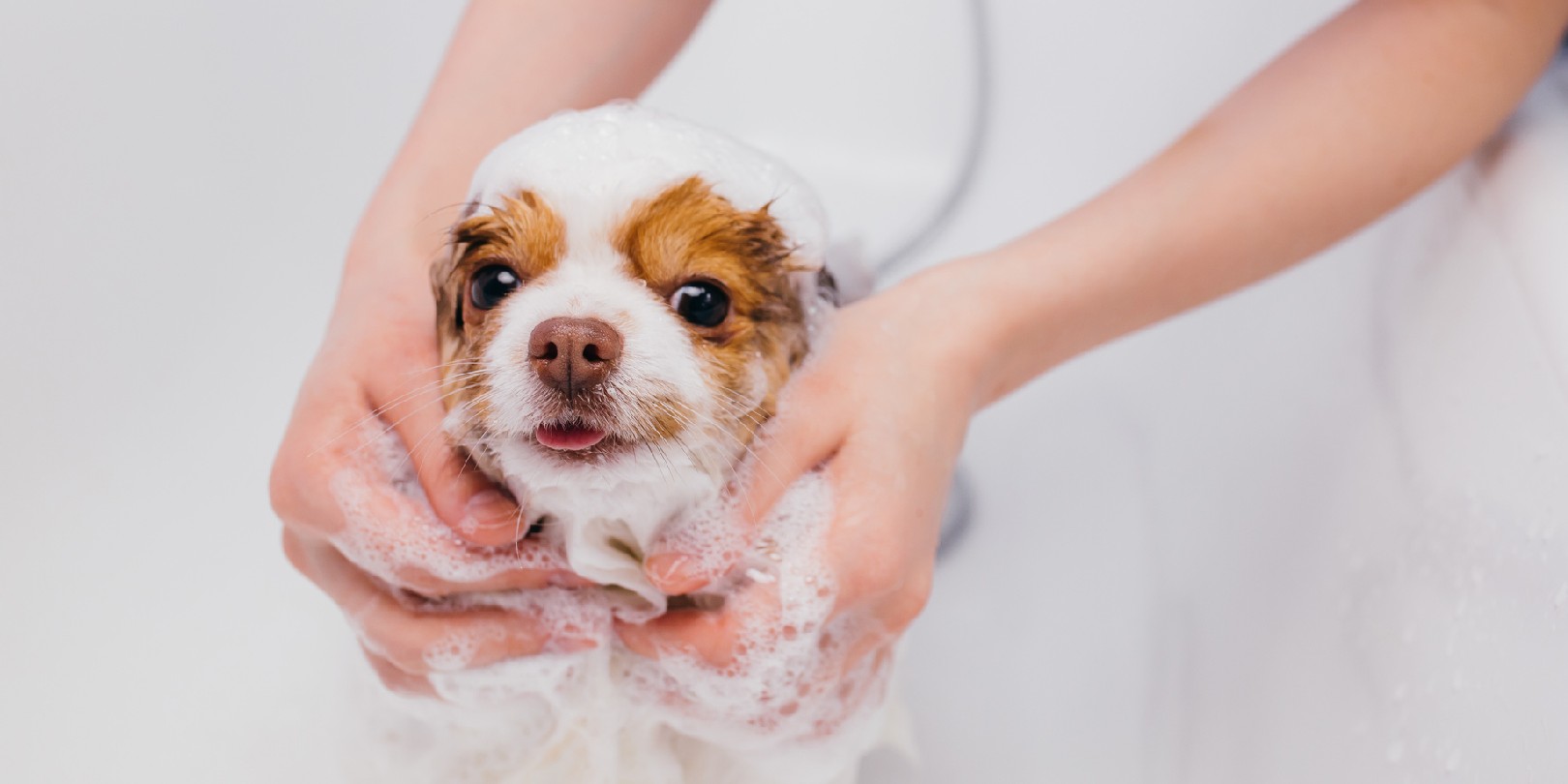Hair versus Fur: What Are the Key Differences?

If you’ve ever owned a dog, chances are, you’ve had to deal with all that fur they leave behind. But did you know that not all of that “fur” is actually fur? That’s right — there are subtle differences between dog hair and fur that are important to recognize if you want to keep your home and your pup’s coat looking its best. In this post, we’ll discuss the differences between dog hair and fur, so you can better understand what you’re dealing with.
We’ll cover the texture and structure of each, as well as the different ways to take care of each. We’ll also look at ways to groom your pup and keep its coat looking shiny and healthy. So if you’ve ever wondered what the difference is between dog hair and fur, this post will answer all of your questions.
Definitions
Dog Hair
Dog hair is not actually hair but rather a combination of guard hairs, topcoat, and undercoat that together form a dog’s outer layer of protection. Guard hairs, which are longer and slightly denser than other hairs, protect the skin from dirt and debris, while the undercoat provides insulation against both cold and hot temperatures.
Dog Fur
Dog fur is a longer, thicker layer of hair protecting the skin beneath it and serves as a first line of defense against cold winter temperatures and harsh sunlight. Unlike hair, dog fur can be groomed to have a specific look or pattern and requires regular trimming or brushing to prevent tangles and matting.
Characteristics
Dog hair has a distinctive look that can range from fine and silky to coarse and rough, depending on their breed. It typically resembles the same kind of hair found on humans or other mammals, though it may be thicker or coarser in texture. On the other hand, fur looks more like an animal’s pelt or wool, with a thicker texture that often lies flat instead of sticking out from the body in strands like hair does. Additionally, some dog breeds have multiple layers of fur, providing even more insulation from extreme temperatures.
Health
Dog hair is naturally designed to be low-maintenance in terms of upkeep and grooming. Regular brushing can help to remove dirt, dead skin cells, and mats while distributing natural oils in order to keep the coat healthy. Dog fur requires more attention in order to keep it clean and free of mats. It should be groomed regularly with special combs tailored for longer coats as well as shampoo specifically formulated for dogs, like dog shampoo. Inadequate grooming can lead to excess matting, which can pull at the skin uncomfortably when brushed or dried with a towel, as well as cause clogged pores leading to itchy skin disorders like hot spots or dermatitis.
Grooming
When it comes to grooming dog hair versus dog fur, the primary difference resides in their lengths, whereas hair usually only needs regular brushing or combing along with occasional bathing with a mild shampoo, such as dog shampoo. Fur should be trimmed by a professional groomer or clipped at home by an experienced pet parent in order to keep it from becoming matted or tangled. Depending on your pet’s breed or personal preferences, you may choose to go with either a long trim for furry breeds, such as Shetland sheepdogs, or a shorter clip for breeds, such as poodles, that require frequent maintenance in order to maintain their distinctive look.
Maintenance
The main takeaway when caring for either type of coat is that regular brushing helps promote circulation while also keeping it free of mats and tangles — this goes for both short-haired dogs as well as long-furred ones. Additionally, regular baths with an appropriate shampoo like dog shampoo will help to keep your pet hydrated while also removing debris from their coat that could otherwise trap moisture leading to unpleasant odors or skin irritation. With proper maintenance, your canine friend will always look their best!
Conclusion
It is important to understand the differences between dog hair and fur in order to properly care for your pup. Dog hair is short and low-maintenance, while fur is long and requires frequent trimming and brushing to prevent tangles and matting. Both coats, however, require regular brushing and bathing in order to keep the skin and coat healthy. With the right care, your pup can maintain a beautiful coat, whether it’s made of hair or fur. With the right knowledge, you can ensure your pup looks and feels their best, no matter if they’ve got hair or fur.
